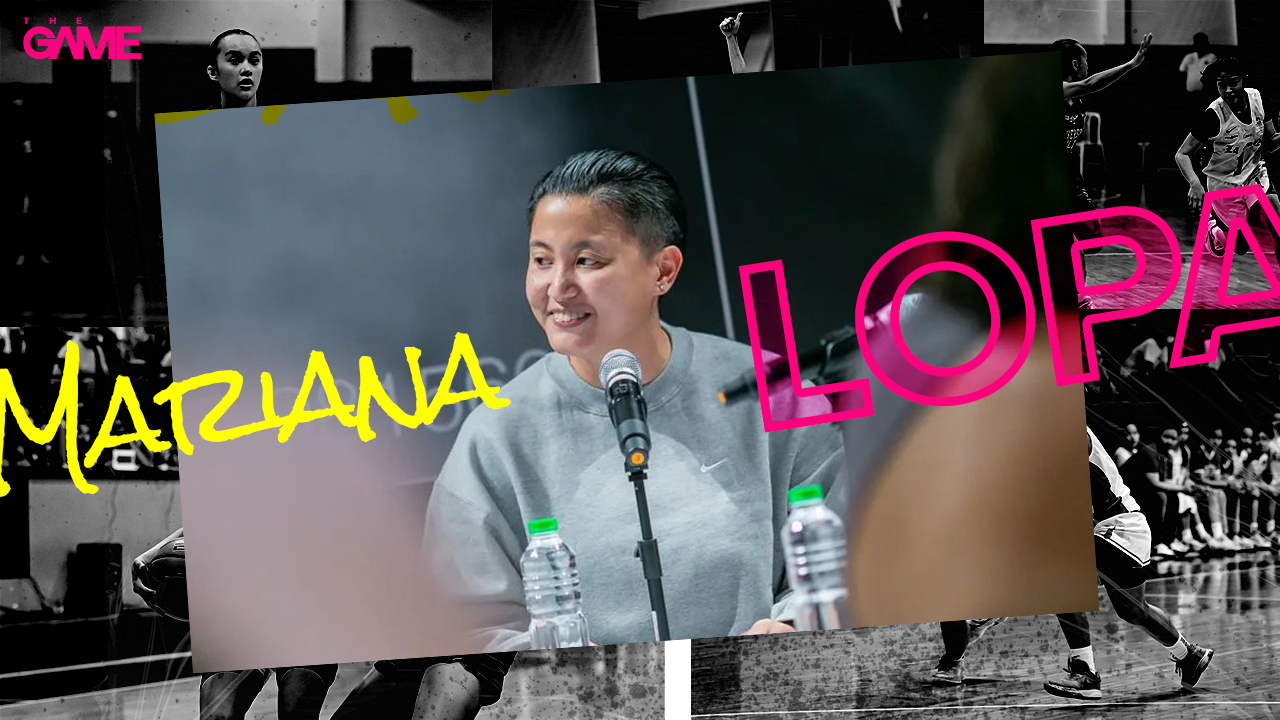Women’s basketball has existed in the shadow of the men’s game in the Philippines, but leaders like Mariana Lopa are making moves to change that.
When Mariana Lopa was in the fourth grade, one of her teachers asked her what she wanted to be when she grew up. She only had two answers. “I wanted to play for the women’s national basketball team and I wanted to play for Ateneo,” Mariana asserted. “My teacher told me, ‘You need to dream bigger.’ But I couldn’t see beyond that.”
Little did fourth-grader Mariana realize that just a few years later, she would go on to fulfill these goals. At 15 years old, she competed for the Under-18 national team and two years later, she entered university and represented Ateneo as a women’s basketball player and would later become their team captain.
“I achieved my dreams by 17 years old,” she says.
Any athlete would take pride in an achievement like this, like an NBA aspirant getting drafted by 17. But by reaching her dreams, Mariana’s career as a basketball player came to a crashing halt. “The low point was realizing there was nothing more to dream for… I was so sad to be retired so young.”
While the Philippines is a basketball-obsessed nation, a professional women’s league does not yet exist in the country, and as a result, any path to a career in the sport would appear unclear. Thus, as a fresh graduate who had already fulfilled her dreams, Mariana turned elsewhere. She applied to law school just for fun (it was her mother’s idea, she explained), and upon finding out that she had been accepted, she decided, “I needed to do something that would take my mind off of basketball.”
Her story is just one of many. Filipina basketball players grow up training hard, representing their schools, and they may even get to play for the country — the same process as male basketball players. But beyond that, women must face the harsh reality that the options to pursue the sport as a career are limited. Mariana Lopa knows this from experience. But this is exactly why she is working herself to the bone to make sure that future generations may not need to succumb to the same fate.
The realities of women’s basketball
The Philippines does not yet have professional leagues for a handful of sports, especially for women. In basketball, for example, the highest level outside of representing the national team would be to compete at the collegiate level in major tournaments including the UAAP and NCAA. Mariana Lopa — who is now an attorney with several side hustles in the Philippine sports industry — emphasizes that for a female basketball player, the UAAP is already like a ‘premier league’; it is already one of the highest levels of competition that they can achieve locally, and one can only play for up to five years. The same is true for other sports, such as football.
As she has been heavily involved in the female sports industry for around eight years now, she has noticed two career trends for female basketball players. Firstly, many of them end up in the armed forces. “The Army, Navy, and Air Force have basketball teams and they all play against each other,” Mariana explains. “They have a monthly salary, and that’s essentially the pool of the national team.”
“The other half of it includes people like me, who had a realistic understanding that we weren’t going to play basketball forever, so nag-aral kami. So you have so many former women’s basketball players who are lawyers, doctors, HR professionals, pilots.”
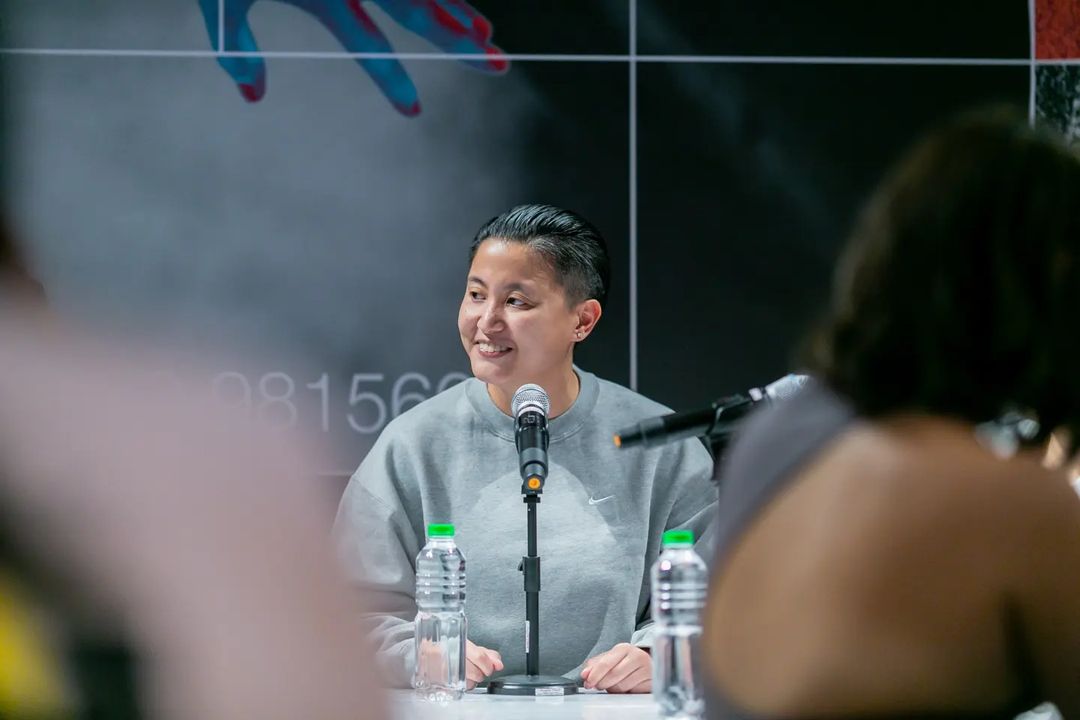
It’s evident, then, that for a female athlete, the path to professional playing is not as clear in the Philippines as it is on the men’s side. For a male Filipino basketball player, from the UAAP, the PBA is just one out of multiple options for pursuing a career as an athlete.
“Syempre, ‘di mo ma-iwasan to compare between what the girls were getting versus what the guys were getting. It was so obvious they were getting so much more just because. So that was clear to me early on, that okay, there’s a disconnect here. There’s something that girls aren’t being given just because.”
Mariana explains that she’s encountered many athletes who have found planning for the future challenging because they have had to let go of the one thing they grew up dreaming of and dedicating themselves to.
But this is where people like her come in. “We’re trying to create a path for them.”
Lighting the way forward
Even though Mariana Lopa took law school as a path away from basketball, she still managed to find her way back to the sports world.
“It really started for me with Girls Got Game.”
Girls Got Game (GGG) is a local organization whose mission is to empower women through sports, giving young girls the accessibility to learn how to play and compete in various sports, from basketball to rugby. She first heard about their work in 2015 when they invited her to be the program director of basketball for one of their camps that year, and shortly after, she found herself leading the whole thing, now operating as their managing director.
“I was a first-year lawyer, running a brand new NGO, and that’s where it started for me. It made sense why I studied development studies, and the lawyer bit of it made sense too in terms of the paperwork and all of that. That’s also how I started building the community, getting athletes to volunteer and give back.”
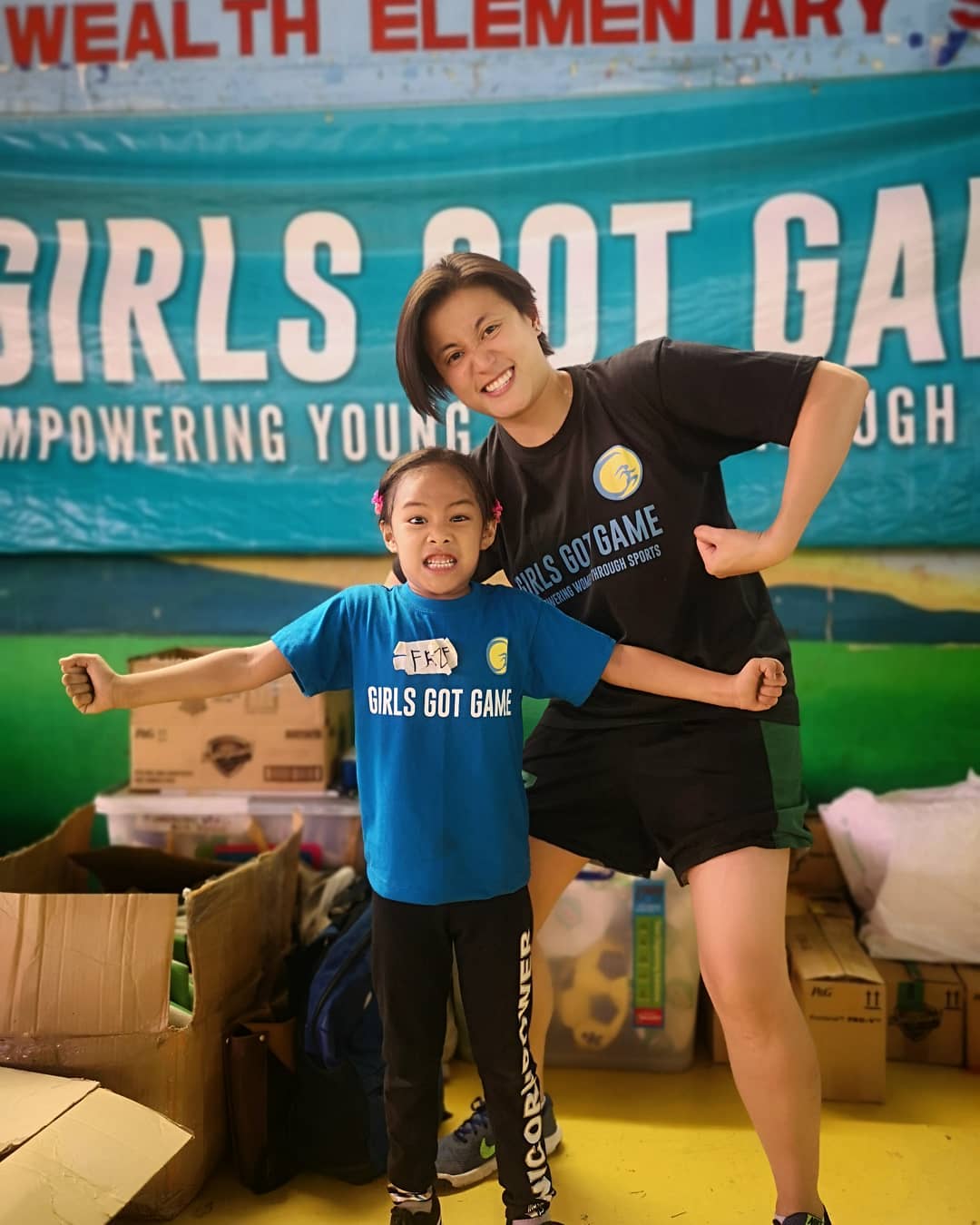
But the biggest strides that she’s made in the sports world so far, she recalls, happened during the pandemic, as this was when she decided to stop playing basketball. Before this, she was still competing in commercial leagues and the like, but when she stopped, she had to step back and ask herself, “What’s my role? Tapos na ba talaga?” From this point of reflection, Mariana felt a strong emphasis to focus on community building for women’s basketball right after the pandemic.
This year, Mariana has taken on two major roles in the industry. Firstly, she acts as the head of women’s basketball and student-athletes for Titan Management Group. “My role here is creating a path for women’s basketball in the Philippines,” she explains ” We brought a team to Korea last year to play a professional 3X3 tournament, and we’re looking to do more of that next year — getting in touch with foreign teams and scouts to take a look at our girls.”
The second opportunity was to become the deputy commissioner for women’s and girls’ basketball for UAAP Season 86. She is only the second woman to hold this position in UAAP history and her presence is already making an impact on the women’s basketball tournament.
“Now that there is a dedicated person for women’s basketball, there’s a lot of stuff we can address that no one used to notice,” she explains. “It’s the simple things.”
Among Mariana’s responsibilities as deputy commissioner ensuring that the standards for the tournament are raised. In the past, athletes had to settle for changing in their buses, but now, when the players compete in Adamson on Wednesdays, she assigns classrooms that they can use as dugouts. In the past, the newer referees would call the women’s games for practice, but now, she makes sure that there are top referees calling all games, for men’s and women’s. In the past, when there was only one commissioner, they would attend the men’s games and no one would be at the women’s games to improve things, such as correcting the barkers when they announced the wrong names.
“Small things like this, I like to get involved in,” she says. “You only have five years in the UAAP, you don’t want to spend those years with a barker calling the wrong name. Getting things like this right is an indicator of progress for me.”
And already, she is seeing small changes like these pay off in big ways.
Vehicles of progress
How do you measure the growth of a sport in a country? The metric Mariana Lopa likes to use is how well the players do on the international level.
Filipina athletes have been dominating much of the conversation on Philippine sports, especially in the past couple of years. Hidilyn Diaz is the Philippines’ Olympic gold medalist, Alex Eala became a junior Grand Slam champ, the Filipinas qualified and competed in the country’s first-ever football World Cup, the Gilas Women competed in their first Asian Games — the list could go on. On the international stage, the girls are showing that they have what it takes, and all this without many professional opportunities just yet.
“Right now, our Gilas girls are doing so well already,” Mariana emphasizes. “Division A na tayo, we’re winning against top programs, and without a pro league. So imagine if we make changes, if we raise the standard of what Gilas is supposed to look like, what their training is supposed to look like. How much further could we get?”
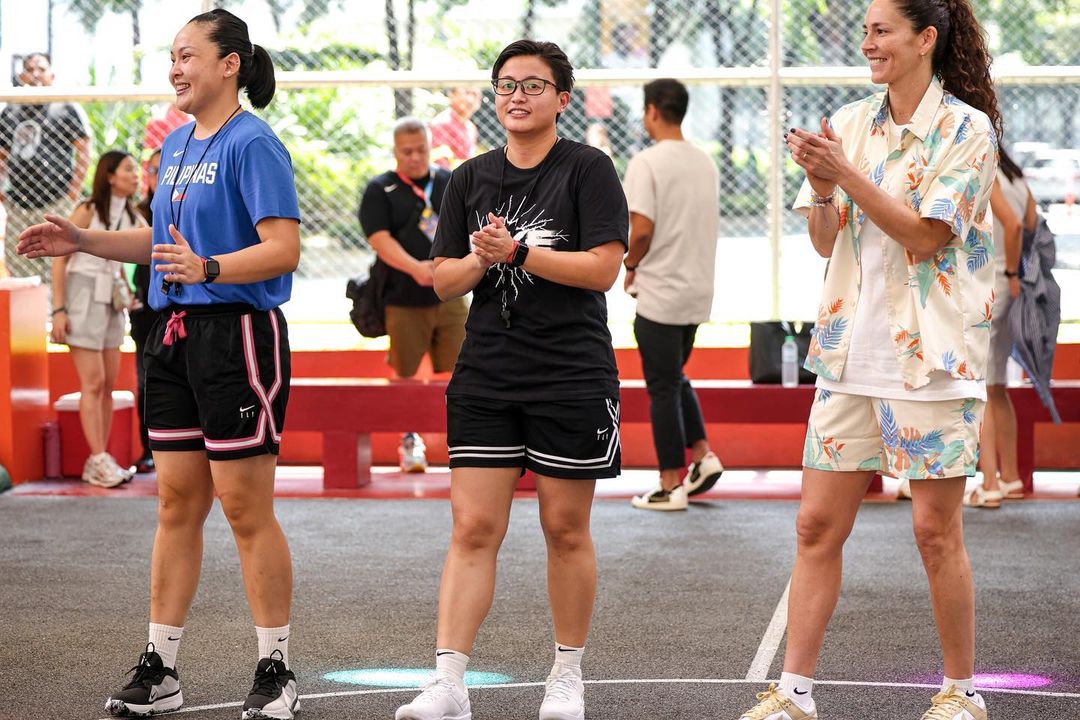
While the accomplishments of our national athletes are already something to take pride in and are indicators of movement in the industry, there is still a lot to be done. One of the main things that the game needs, Mariana says, is investment.
“There’s no movement if there’s no investment because it has to make commercial sense for everyone. I also am a co-founder of W Movement, a 3×3 league. That’s where I’ve realized we really need investment in women’s sports because that’s really the way to move forward and it has to be an investment where they know they won’t get returns right now.”
What Shakey’s did for volleyball is one great example of this that Mariana highlights. Shakey’s invested heavily in volleyball when the Shakey’s V-League started in 2004. It began as a collegiate league that grew in teams and clubs. This was definitely a catalyst in the rise of volleyball in the Philippines. “They did all-out marketing, all their games were televised. That’s what we need in women’s sports talaga.”
Of course, like most things, these things can’t happen overnight. But already, the progress is definitely starting to gain momentum. In comparison to where the women’s game once was not very long ago, there is already a lot to be proud of — players are gaining more professional opportunities, the UAAP is televising all women’s games now, and athletes are getting brand deals and proper representation.
A dream for women’s sports
Once upon a time, women’s basketball was very under the radar, even in the basketball-loving Philippines. “When we were playing,” Mariana recalls, “Ateneo was the only team with a sponsor. There were no shoes for women. All games were played in tiny arenas, with no coverage.”
One sign of progress is the UAAP’s commitment to women’s basketball.
This year, for the first time, the women’s coaches and players were present at the pre-season UAAP press conference; this year, all women’s games are being televised; and now, there is a dedicated commissioner for the girls’ game. This may not sound like much yet, but in time, the effects of this will bear fruit.
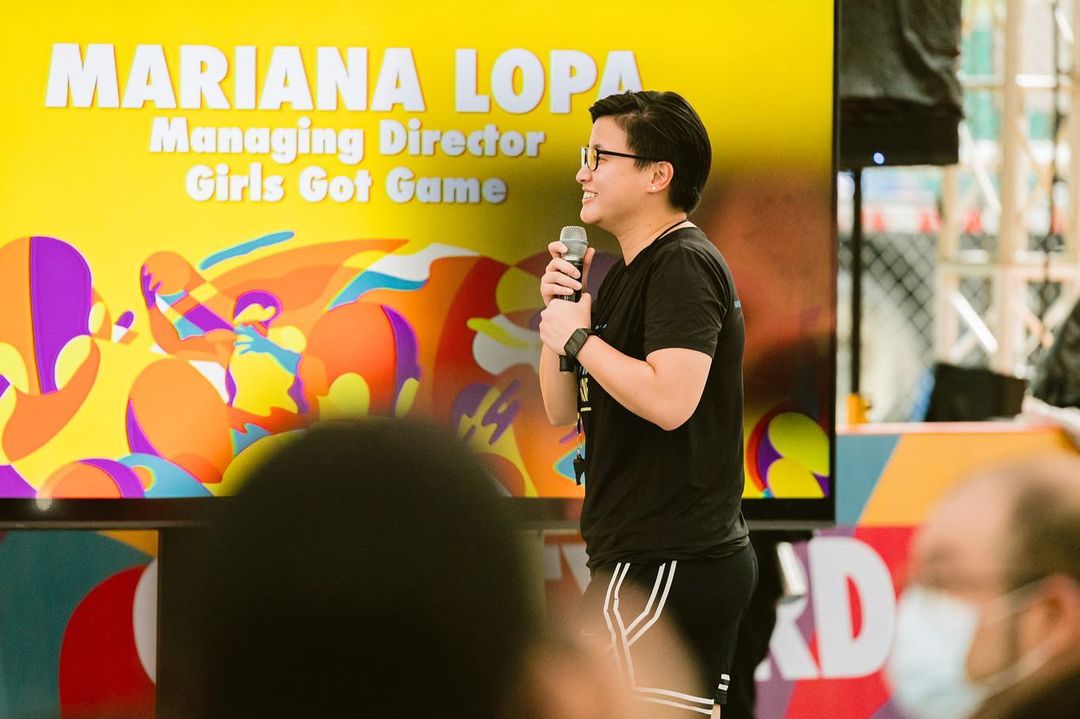
As deputy commissioner, Mariana Lopa is already seeing some of its products. “Many of the players have thanked me personally, na at least pinapansin na sila, may nakatutok sa kanila. So for me, okay na ‘yun. It’s a difficult job, but at least they feel like what they do is important to someone.”
Mariana herself says that many young Filipina basketball players during her time as an athlete grew up dreaming of playing for the men’s side in UAAP because that was all that they could watch on TV. Thus, exposure is already a huge deal in itself. With the women’s games now being televised, a little girl somewhere in the country can turn on their TV and see someone like them competing at a high level. Exposure, in essence, means representation, and representation means that more young people will be able to recognize that their dreams can come true as well.
“That’s the beauty of representation. When I see someone there, I know I can be there, too.”
By raising the standards in these small ways now, big things will come of it later on. Better players will start to enter the competition, which can lead to a better national team, and as a result, more success for the country. The possibilities are endless. And thankfully, there are passionate individuals who recognize these possibilities and find ways to build paths toward them.
Mariana achieved her fourth-grade dreams when she was only 17 years old and at that time, it wasn’t easy to find a path beyond that. But now, with the many roles she plays in the sports industry and the passion she has for the game, she has a new dream worth chasing.
“The dream is to have women’s sports become a way for female athletes to earn a living; for sports to be a sustainable way for girls to earn.”
We aren’t quite there yet. But people like Mariana Lopa are definitely making strides in the right direction.
Banner images from Mariana Lopa on Instagram and from UAAP Media.
Related Stories:
The Standout Players From The UAAP Season 86 Women’s Basketball Tournament
5 Ways Alen Stajcic Impacted Women’s Football in the Philippines
eGilas Pilipinas: Bringing The Philippines’ Passion For Esports and Basketball Together
